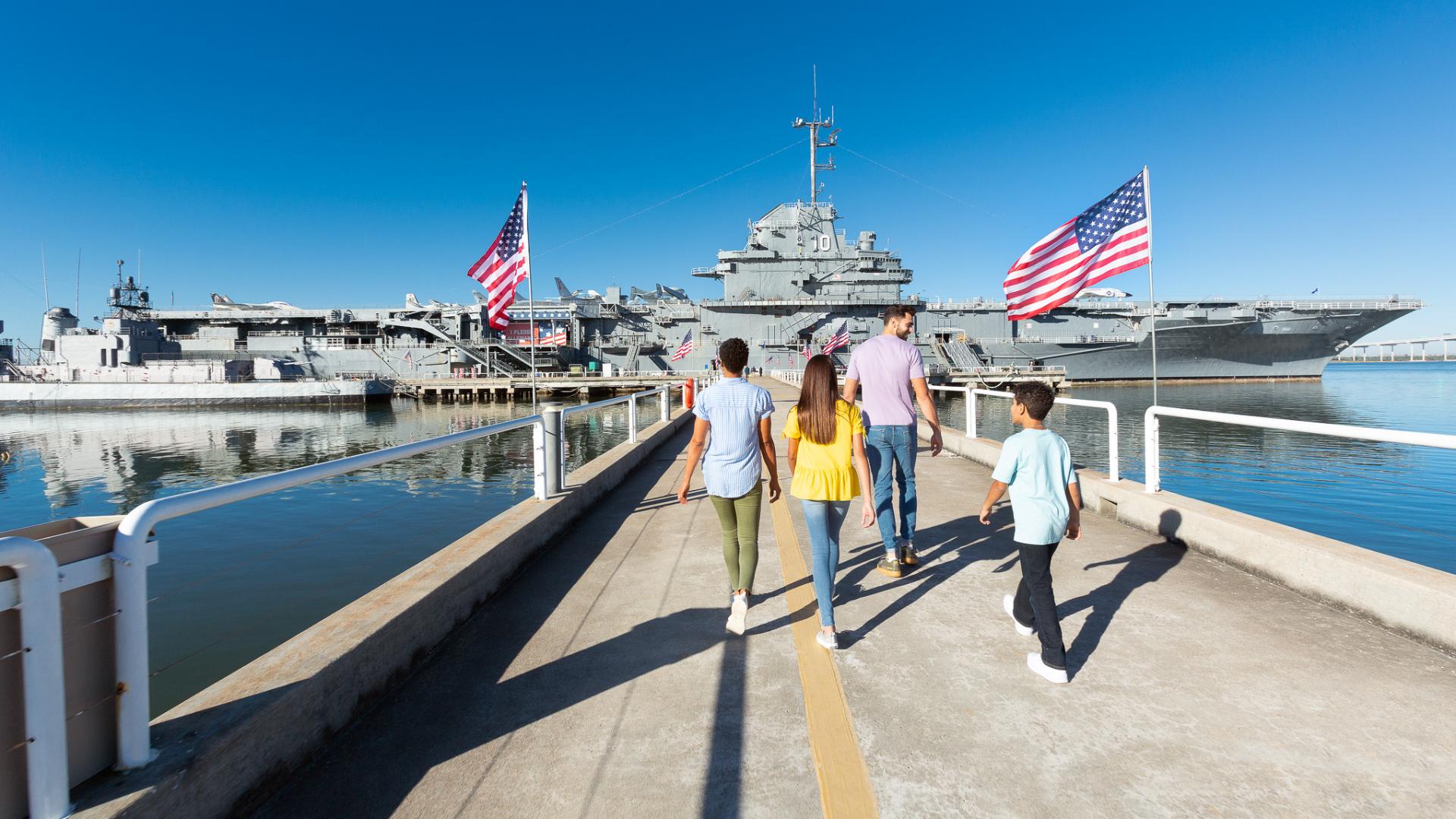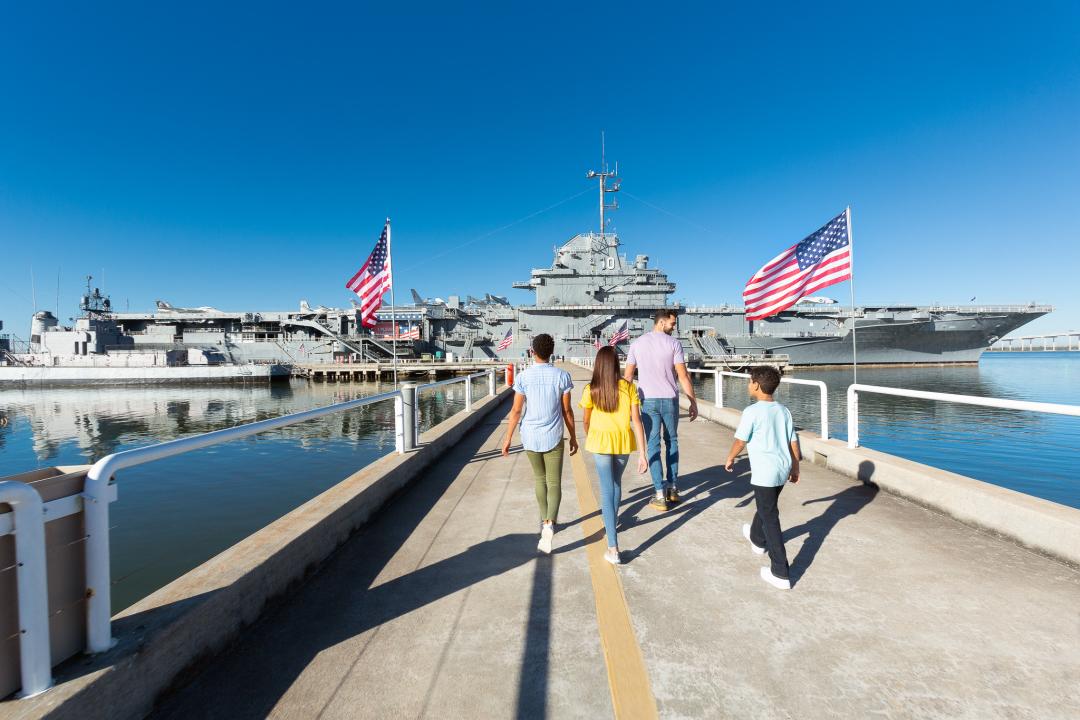
After World War I, the United States Navy decided to add rigid airships to its fleet and originally pursued acquiring German Zeppelins as part of the wartime reparations. However, all Zeppelins were deliberately destroyed by their crews in 1919.
Due to the new postwar economy, the Royal Navy cancelled the building of its R-38 airship series which were designed to be capable of six days of patrol, at ranges of up to 300 miles from home base, and at altitudes of up to 22,000 ft. The US Navy expressed an interest in the R-38 and an agreement was reached in October 1919 for purchase at $2,000,000. The original design changed to include a requirement for mast mooring gear, which added a ton to the bow and required ballast at the rear to counterbalance the airship. This modification along with the weight savings in the design made an airship that was weak longitudinally.

The R-38 made its first flight on 23 June 1921. After modifications to the rudder and elevators, a second test flight flew on 17 July and testing of the re-balanced control surfaces resulted in severe pitching. Examination of the airship after the flight revealed damage to several of the girders. These were replaced and others were strengthened but there were increasing doubts being expressed about the design.
On 23 August in the early morning, R-38 took off for her fourth flightheading to RNAS Pulham, Norfolk, for testing of the mast mooring, a facility lacking at Howden. Low clouds at Pulham prevented mooring and R-38 flew out to sea to run some high-speed tests before returning to base at Howden. The speed runs proved successful. Next the airship commander decided to try some low altitude rudder tests to simulate the effects of the rough weather that could be expected on the Atlantic crossing. At 17:37, fifteen degrees of rudder was applied over the city of Hull. Eye witnesses reported seeing creases down the envelope and then both ends drooped. A fire started in the bow and then a large explosion occurred which broke windows over a large area. The airship failed structurally and fell into the shallow waters of the Humber estuary. Twenty-eight of the thirty-two Britons in the crew were killed including Air Commodore Maitland, RAF. Sixteen U.S. Navy officers and men were killed, essentially wiping out the Navy's small cadre of experienced rigid airship personnel (Polar explorer and naval aviator Richard Byrd had requested to be part of the R-38's crew, but was turned down). The only American to survive was Rigger Norman C. Walker. The five crew members who survived were in the tail section.




